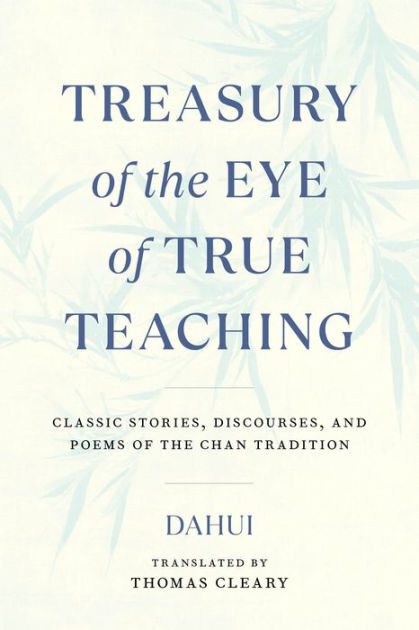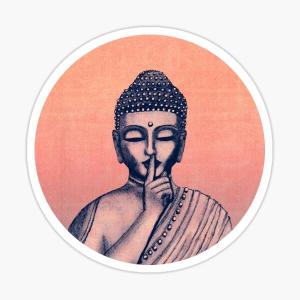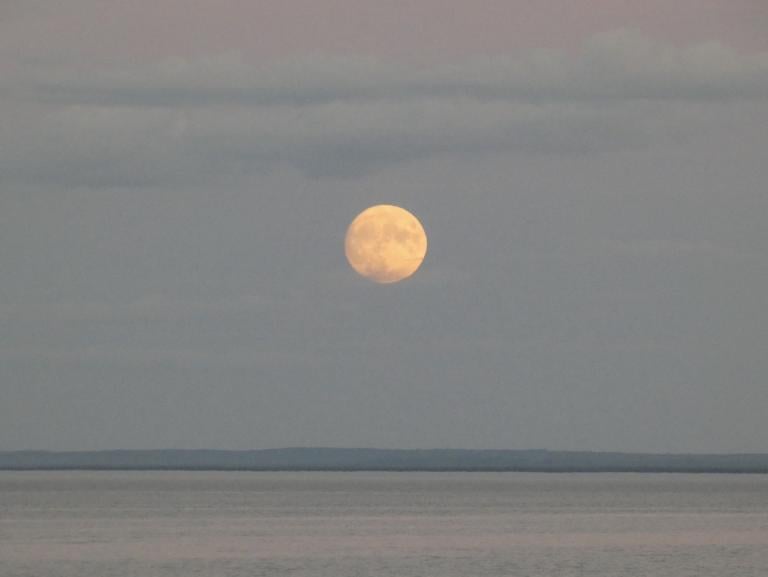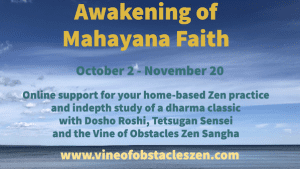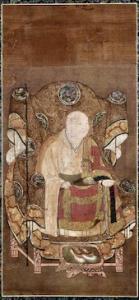A monk asked Zhaozhou, “For a long time I’ve heard about Zhaozhou’s stone bridge. Coming here, I only see a simple log bridge.” Zhou said, “You only see the simple log bridge, but don’t see the stone bridge.” The monk said, ”What is the stone bridge like?” Zhao said, “Carries donkeys, carries horses.” – Blue Cliff Record 52 “Zhaozhou” is both a province in ancient China with a famous bridge and an important Zen teacher who not only lived 120... Read more



